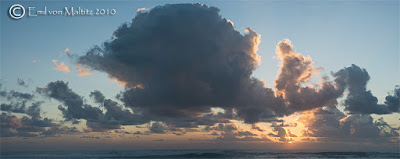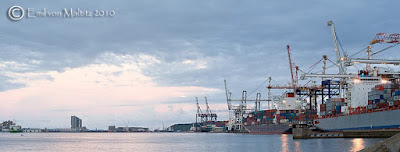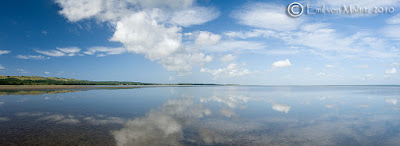



A common misconception is that cameras need lots of pixels, huge amounts of pixels to produce good quality images. In a nutshell, that’s a lie. There’s far more at stake than simply megapixel count and a camera’s resolution. I’ll get into that in more detail in a future tutorial, but for the moment I want to point out a very simple technique that can get you plenty of pixels to play with – stitching. There are a an amazing array of programmes available to stitch images together to create wonderful panoramas, or simply files with more detail in them. You can take a look at the gigapan project for instance where photographers around the world are capturing these massively detailed images by stitching literally hundreds of images together for a single image.
Such massive detail isn’t always necessary. The gigapan project is really designed to be viewed on a computer screen where you can zoom into a tiny detail. For the vast majority of photographers, the end goal is rather a displayed print that can be scrutinized at close range (theoretically the optimum viewing distance of an image is the same as the diagonal of the print in question, ergo an 8x10” print is optimally viewed at 12.8” from the print). The problem for landscape and other fine art photographers is that the nature of the image is such that the viewer will want - indeed is enticed by the subject matter itself – to peer closer into the frame. This of course means that many photographers end up chasing yet greater resolution. Here’s the cheap fix: learn to use Photoshop’s truly excellent panoramic stitching feature, or alternatively invest in one of many panoramic stitching programmes that are available.
If you really want to go the whole hog you can also invest in a panoramic head. These cost a lot but ensure that you get perfect alignment between the images that are to be stitched. Tilt/Shift lenses also work beautifully, but are rather more expensive than a shifting lens. I have long list of tutorials that are currently being written, but will add a detailed how-to on shooting and stitching panoramic images in the near future.

No comments:
Post a Comment